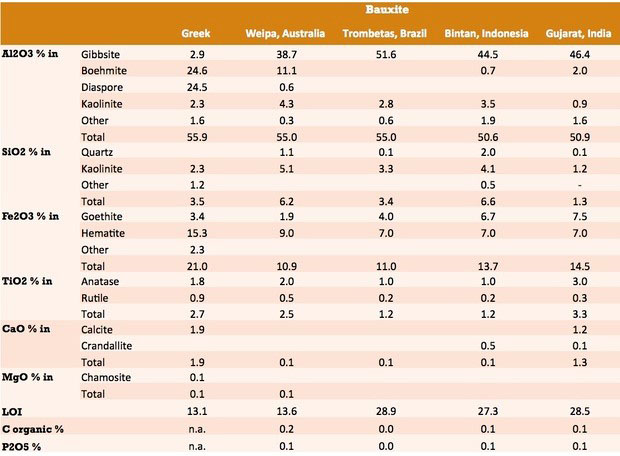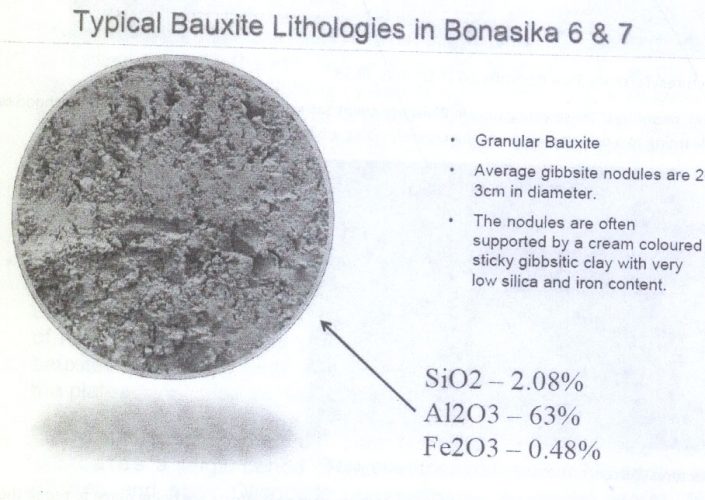Dear Editor,
I wish to thank Mr Dunstan Barrow for his recent letter to the Stabroek News `Purest bauxite in the world?’ in the February 13 edition.
In response to his question, a short geological history:
● The lateritic bauxites are found mostly in the countries of the tropics. In comparison with the iron-rich laterites, the formation of bauxites depends even more on intense weathering conditions in a location with very good drainage. This enables the dissolution of the kaolinite and the precipitation of the gibbsite. Zones with highest aluminium content are frequently located below a ferruginous surface layer. The aluminium hydroxide in the lateritic bauxite deposits is almost exclusively gibbsite.
● There are two types of bauxite occurring in Guyana. Firstly, typical high iron “plateau-type” bauxite developed in-situ by the weathering of a Pre-Cambrian basement and occurring today as isolated ranges of hills or inselbergs and capped by iron laterite. Secondly, low-iron bauxites, capped by sediments and occurring as residual pockets on the plateaus, on their flanks, or in proximal channels.
● Spore dating by T. Van der Hammen and T. A. Wijmstra (1964) indicates a single period of bauxite development between the late Eocene and early Oligocene (approximately 40 million years). This suggests a period of intense bauxitization on the plateaus through tropical weathering with simultaneous or subsequent erosion and development of iron depleted bauxite deposits in a reducing environment. This is what has occurred at Bonasika.
● Relief is essential for bauxite development since an underlying drainage system is required to provide for the evacuation of vast volumes of water that remove all but the most insoluble elements, with the notable exception of alumina, which remains as aluminum hydroxide along with iron, titanium and silica. Within a broadly peneplain of plateaus, deeply incised valleys provide drawdown for the drainage network that underlies the laterite profile and contributes to the pre-requisite conditions for bauxite development both on the plateaus and flanks.
● We have been very fortunate in that the weathering effect and strata conditions at Bonasika over 40 million years have uniquely allowed nearly all of the iron oxide to be removed from the bauxite orebodies, as shown in the following graphic:
This compares to other world-class deposits around the globe, with their typical chemical composition detailed in the following table:
Source: USGS
Australia is the world’s largest producer of bauxite (83 million tonnes in 2017), representing over 30% of global production. The bauxite resources at Weipa in Queensland (Qld) and Gove in the Northern Territory (NT) have average grades between 49 and 55% Al2O3 and are amongst the world’s highest grade deposits, while elsewhere in Australia the bauxite mines in the Darling Range have the world’s lowest grade bauxite ore mined on a commercial scale (around 27-30% Al2O3). Despite the low grade, the mines accounted for over 20% of global alumina production.
So, even though Weipa’s bauxite is considered to be very high grade at ~55% purity, the Bonasika DFB ore insitu contains around 63% Al2O3.
The primary reason for the difference is of course the almost complete absence of iron oxide in the Bonasika ore, compared to an average of 9% Fe2O3 in the Weipa ore.
Yours faithfully,
Ian Christie
Director – Guyana Industrial Minerals







